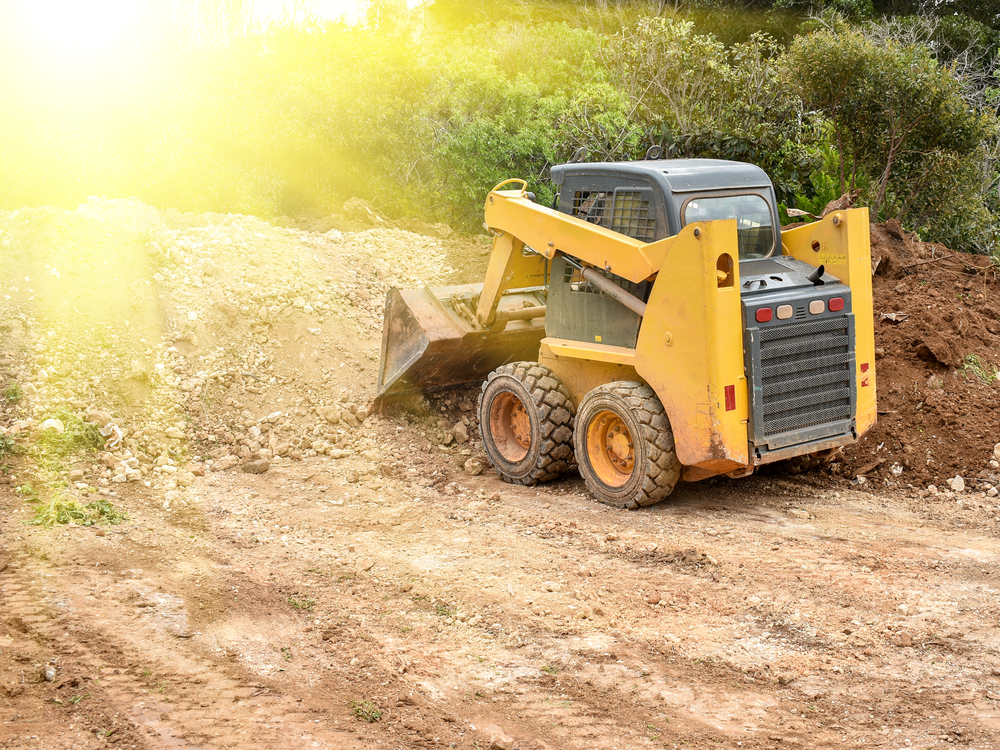
When embarking on construction projects, it’s essential to understand the differences between site clearing and land clearing. These terms are often used interchangeably, but they involve distinct processes and have different implications for your project. This article will break down site clearing versus land clearing, helping you determine which approach is appropriate for your needs.
What is Site Clearing?
Site clearing is a specific process focused on preparing a particular area of land for construction or development. This process involves removing obstacles and debris from the site to make it suitable for building or other planned activities. Site clearing is generally more detailed and precise compared to land clearing, focusing on the immediate area where construction will occur.
The Site Clearing Process
The site clearing process typically includes several key steps:
- Inspection and Assessment: Before any clearing begins, a thorough inspection of the site is conducted to assess the types and amount of debris, vegetation, and other obstacles that need removal.
- Removal of Obstacles: This step involves the removal of structures, trees, shrubs, and other obstacles within the defined area. This can be done using heavy machinery, such as bulldozers and excavators.
- Grading and Leveling: After the initial removal, the site is graded and leveled to ensure a smooth and even surface. This is crucial for proper construction and drainage.
- Debris Disposal: The removed materials are then disposed of or recycled according to local regulations and environmental guidelines.
- Final Inspection: A final inspection ensures that the site meets all necessary requirements and is ready for the next phase of construction.
When Site Clearing is Required
Site clearing is typically required for specific construction projects such as residential homes, commercial buildings, or infrastructure development. It’s essential for projects where precision is needed to prepare a specific area for construction, and it ensures that the site is free of any obstructions that could interfere with the construction process.
What is Land Clearing?
Land clearing, on the other hand, is a broader process that involves the removal of vegetation, trees, and other obstacles from a larger area of land. This process is often used for more extensive projects or when the goal is to make a large tract of land suitable for development, agriculture, or other uses.
The Land Clearing Process
Land clearing involves several stages:
- Surveying and Planning: The first step in land clearing is to survey and plan the clearing process, taking into account the size of the area and the types of vegetation and obstacles present.
- Clearing Vegetation: This step involves removing trees, shrubs, and other vegetation from the entire area. It may require the use of larger machinery, such as bulldozers, brush cutters, and tree harvesters.
- Removing Debris: After vegetation is cleared, any remaining debris, such as stumps and rocks, is removed to prepare the land for its intended use.
- Grading and Land Preparation: Similar to site clearing, land clearing also involves grading and preparing the land for future use. This might include leveling the ground and creating proper drainage systems.
- Erosion Control and Replanting: In some cases, erosion control measures may be necessary to prevent soil erosion. Additionally, replanting or seeding may be done to restore the land.
When Land Clearing is Required
Land clearing is typically required for large-scale projects or when a significant amount of land needs to be made usable. This includes agricultural development, large residential or commercial developments, and infrastructure projects. It’s crucial for projects where a significant transformation of the land is needed.
Site Clearing vs. Land Clearing: Key Differences
While site clearing and land clearing share similarities, they have distinct differences:
- Scope: Site clearing is specific to a smaller, defined area, whereas land clearing involves a larger area and is more comprehensive.
- Purpose: Site clearing is focused on preparing a specific area for construction or development, while land clearing is aimed at making a large tract of land usable for various purposes.
- Process: Site clearing involves detailed removal and preparation of obstacles in a targeted area, while land clearing covers the broader removal of vegetation and obstacles across a larger space.
- Applications: Site clearing is typically used for specific construction projects, while land clearing is often used for large-scale developments or agricultural purposes.
Choosing the Right Approach
Deciding between site clearing and land clearing depends on the scope and nature of your project. If you’re preparing a small area for construction, site clearing is likely the best approach. For larger projects that involve transforming a significant portion of land, land clearing will be more appropriate. Consulting with professionals who specialize in land management and site preparation can help you make the best choice for your specific needs.
Conclusion
Understanding the differences between site clearing and land clearing is crucial for effective land preparation and project success. By recognizing the scope, purpose, and processes involved in each, you can ensure that your land is appropriately prepared for its intended use. Whether you’re working on a small construction project or a large-scale development, knowing when and how to use site clearing versus land clearing will help you achieve the best results for your project.
Need Site Clearing in Holland, MI?
Our professional site clearing services are designed to prepare your land efficiently and responsibly, ensuring your project gets off to the best possible start. Contact us today to learn how we can help you maximize the potential of your property and pave the way for a smooth construction process. Let us handle the heavy lifting, so you can focus on bringing your vision to life.

